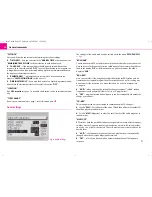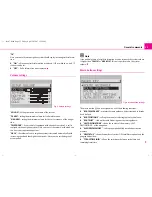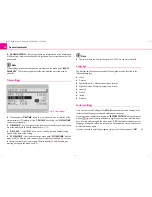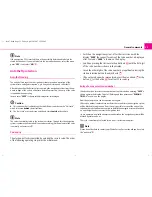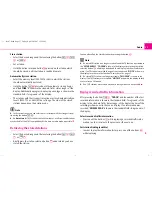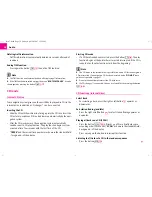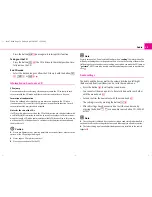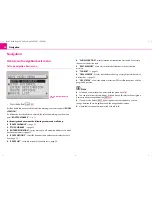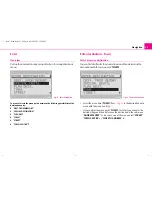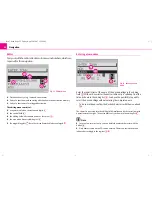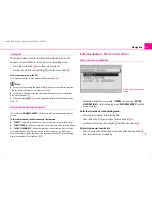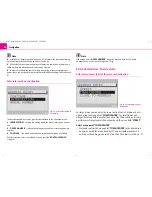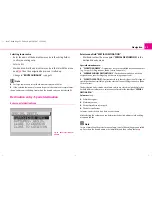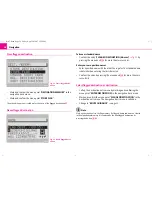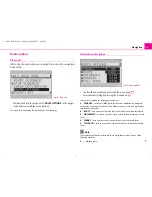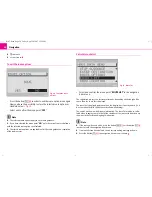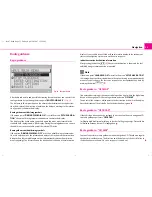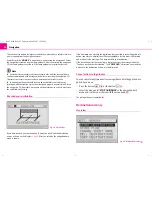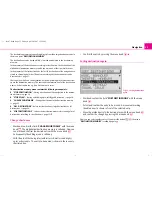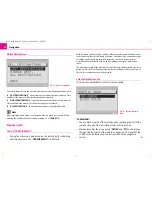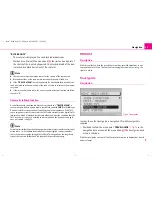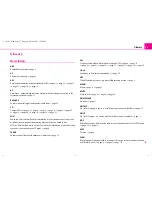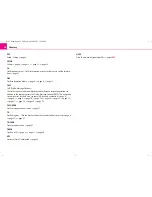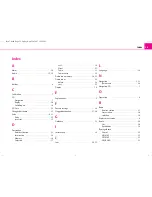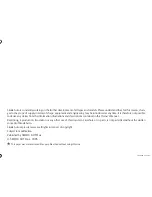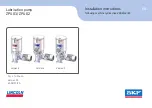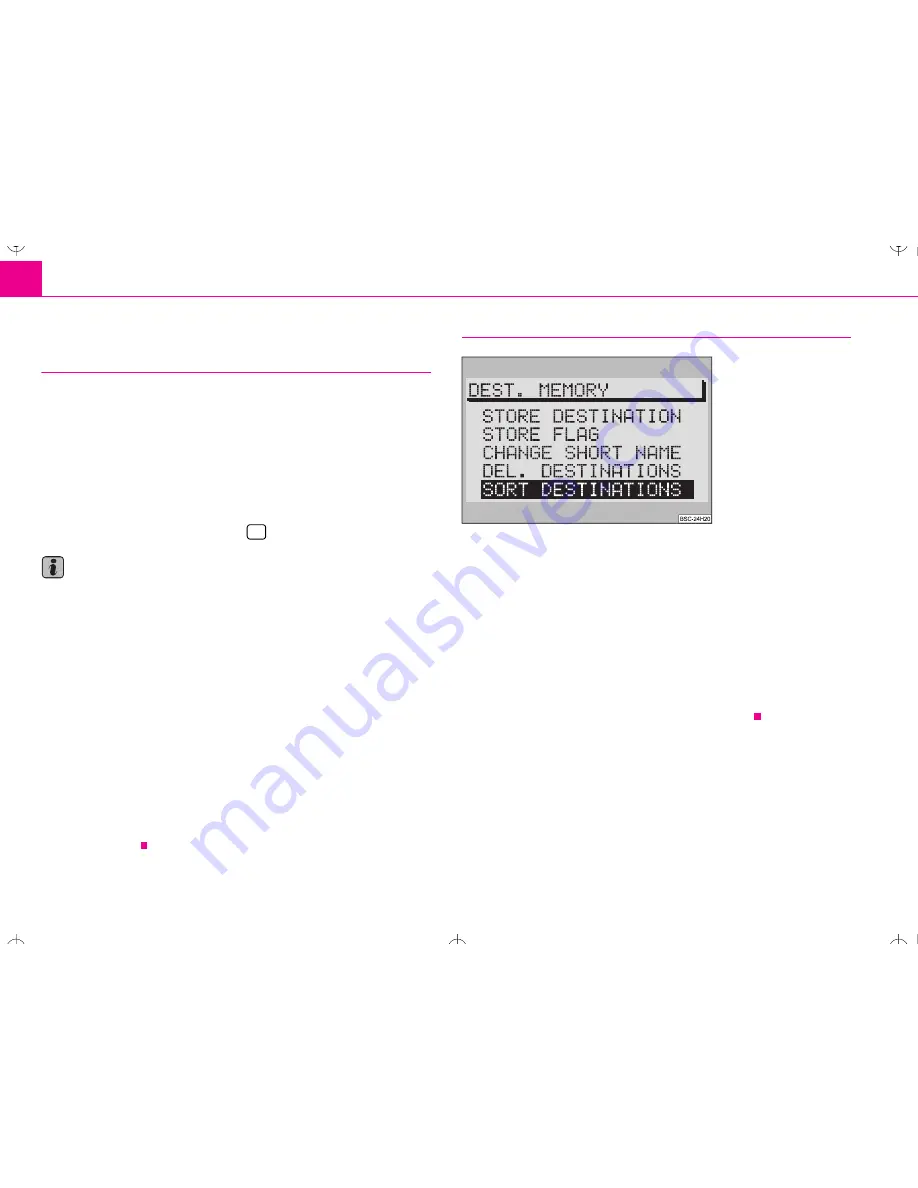
Navigation
26
Enter destination - From destination memory
Store destination in the destination memory
Select menu point “STORE DESTINATION”
– Confirm the menu point “
STORE DESTINATION
”. Then the editing
menu is called up for the entry of a short name.
Enter short name
– Enter the short name into the editing menu (e. g. “
AT HOME
”).
– Press the menu knob
more than two seconds or
– mark and confirm the control field
with the menu knob
.
Note
•
A destination must first of all be stored in the destination memory, so that it can
be used for a later destination entry.
•
First of all a destination is stored in the alphabetical destination memory. Here
the destination entries are alphabetically classified according to the short name (if
you have given them a name); town name, street name, intersection etc... house
number are stored.
•
The destinations can be shown either in the order of their entry or alphabeti-
cally.
•
A memory “
LAST DESTINATIONS
” is available for the destination entry from
the destination memory. The last 10 destinations of the route guidance are stored
here automatically.
•
You can assign a short name (e.g. first name) to a destination. This makes it
easier for you to later on fetch out the destination entry from the destination
memory.
•
If the destination memory can no longer take any other destinations, “
DESTI-
NATION MEMORY IS ASSIGNED
” is displayed. Then you must delete one or
several destinations.
Sort destinations in memory
If you wish to use certain destinations frequently, it may be advantageous
to store them according to classified criteria.
– Confirm the menu point “
SORT DESTINATIONS
” in the menu
“
DESTINATION MEMORY
”. A list displays the destinations to be
sorted.
– Mark and confirm a destination to be moved with the menu knob
.
– Move the marked destination to the desired position by turning the
menu knob
.
– Confirm the new position with the menu knob
.
A
25
A
25
Fig. 19 Edit destinations in
memory
A
25
A
25
A
25
s2ck.7.book Page 26 Friday, April 20, 2007 12:38 PM

